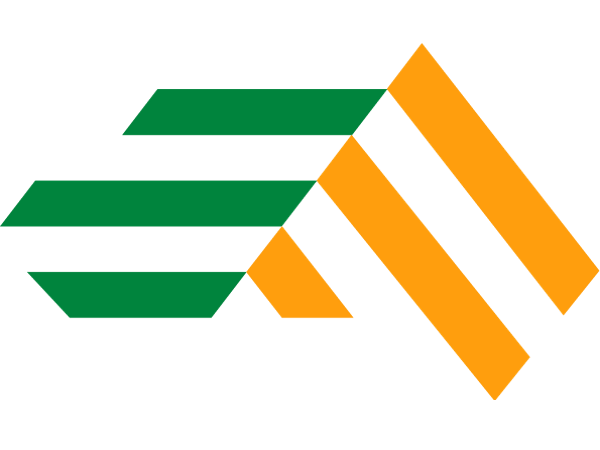Whilst playing video games is commonly associated with junk food and bad posture, it seems that a new generation of esports stars are learning to take care of themselves. With professional health coaches and healthy diet regimens, more competitive gamers are realising that if you eat well and exercise more, then you are going to enjoy greater mental clarity.
The lack of physical activity in esports has been viewed as being the main reason as to why it isn’t a ‘true sport’, but the long hours of gaming have also been found to be detrimental to an esports player’s mental and physical health. As a result we have seen many legendary esports teams like Fnatic and Team Vitality implementing physical training and nutritional advice so that their competitors can benefit from improved cognitive functions and faster reaction times.
As the esports industry is expected to reach a value of $1.65 billion by 2020, it’s clear that there are huge benefits from making sure that players don’t burn out. And with improved regulation of esports through tournaments such as the Overwatch League, there will be plenty of rewards for teams who are able to field consistently successful rosters.

© Riot Games
Which esports teams are getting serious about fitness?
Fnatic are one of the most successful esports teams, and they have found that fitness is key to helping them maintain their enviable record in tournaments like the League of Legends Championship Series. One of team’s managers, Carl Hapberg, has ensured that all team players have access to a gym as well as a physiotherapist to help overcome any gaming injuries.
We have even seen how fitness experts from the traditional sporting world have been employed as consultants for many top esports teams. Take Taylor Johnson who previously worked for the American football team, San Francisco 49ers, and is now on hand to develop programmes that cover nutrition, wellness, sleep and psychological preparation.
Even amateur gamers are getting assistance in staying fit with the British Esports Association recently announcing how they will team up with West Ham United and Archery GB to develop a gamer-specific activity week.
The most common esports injuries
As many professional gamers routinely practice upwards of 12 hours a day, it’s little surprise that many of them let their fitness levels slip. Not only can a dependence on fast food lead to lethargy and lack of concentration, but the sedentary lifestyle can be a big factor in contributing to anything from bad posture to that much-feared ‘burnout’.
The average career of an esports star is incredibly short-lived, and the overuse of hands can quickly lead to carpal tunnel syndrome. This is caused by pressure on a nerve in a wrist that can lead to numbness in the fingers, but can sometimes require surgery to alleviate the often painful symptoms.
The retired League of Legends star, Hai Lam, went through a great deal of wrist pain in his mid-lane gaming for Cloud 9, and this led to depression during the 2017 Summer Split tournament. This highlights how mental disorders can also play a big part in a gamer’s overall health, particularly as many esports stars are only entering young adulthood when they start out.

© Cloud9
What fitness methods are there for competitive gaming?
Practice makes perfect in the esports world, and so it’s essential to put in plenty of hours, but not run the risk of overdoing it. Setting up a training scenario that incorporates the average length of an esports match is a good way to anticipate the stresses that come with a typical gaming tournament.
But beyond the actual gaming itself, you could take a tip from the ex-Team Dignitas star, Samayan ‘BlinG’ Kay. This gamer would workout at least five times a week, drink lots of water and eat multiple small healthy meals throughout the day rather than just one large meal. The Tempo Storm star, Mike “Glaurung” Fisk, not only puts in plenty of hours practice for his Heroes of the Storm gaming, but also has developed a daily workout routine that includes 100 push-ups and sit-ups, 10 pistol squats, as well as a good dose of running on top.
If you’re looking for a good way to get started in your gaming fitness, you could also hunt down the Twitch live stream for Heroes of Fitness. This focuses on many gaming-specific exercises such as hip-flexor stretches to overcome long periods of being sat still, wrist stretches to overcome intensive mouse and keyboard action, as well as several neck and shoulder exercises. The Heroes of Fitness channel has gained a devotee in the form of Fnatic’s Filip “SmX” Liljestrom who receives regular Skype sessions that instruct how to combine chest presses, leg presses and even dumbbell curls to stay on top of the game.





